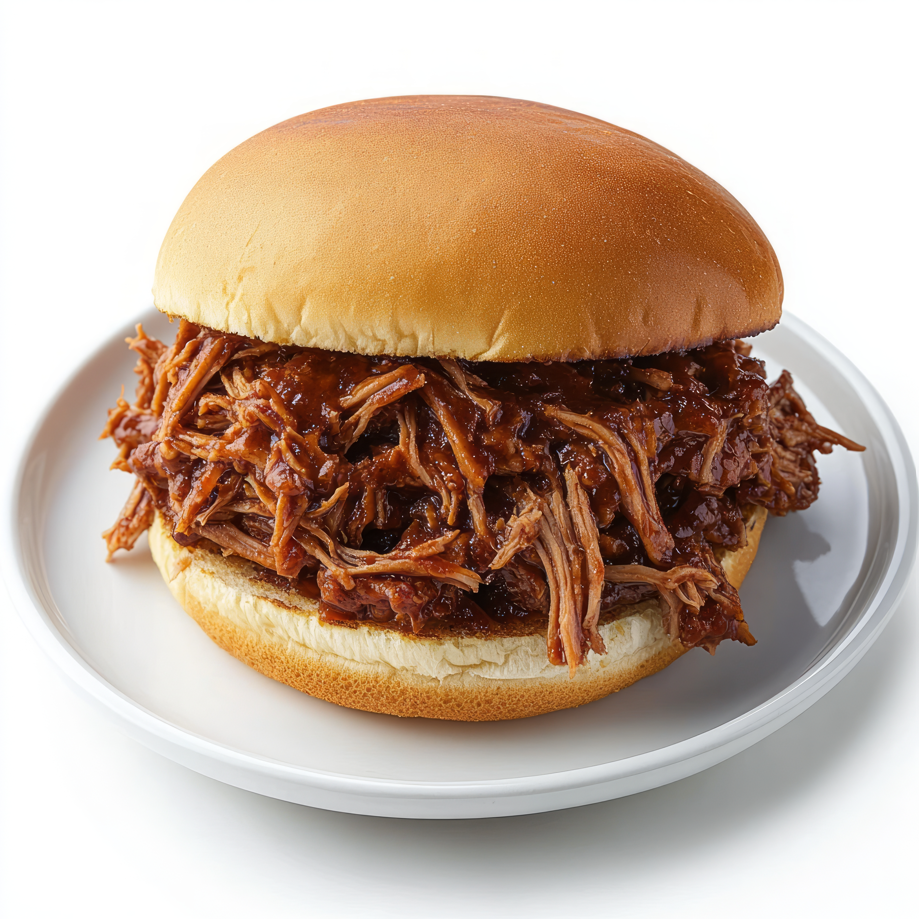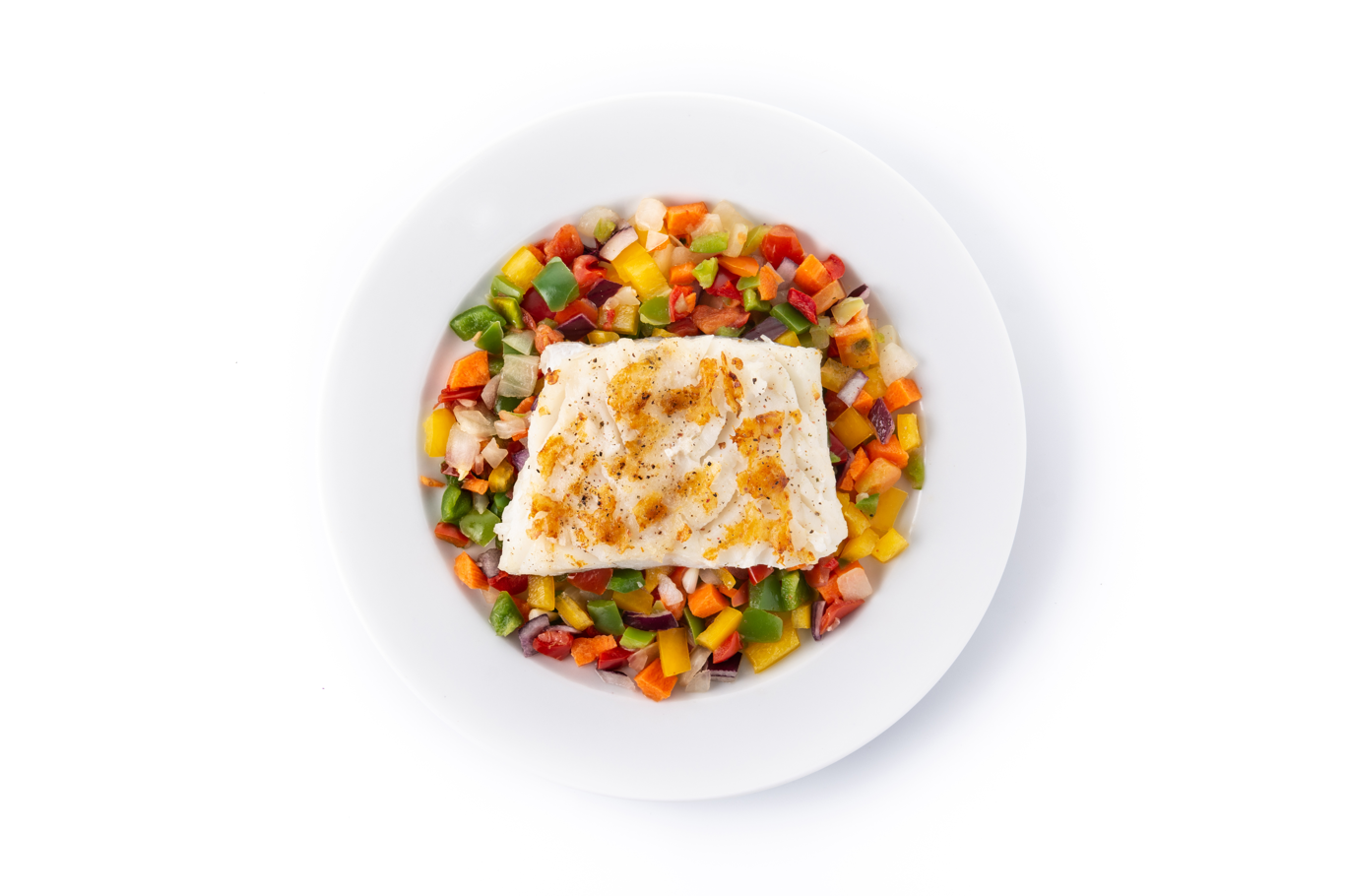
Poultry
Poultry markets remain steady. Wings continue to trade at a premium as football season fuels demand, while breast and tender prices are balanced. Dark meat continues to be the most economical option. For operators, poultry spend often represents one of the largest line items, making visibility into SKU-level pricing critical for forecasting.
Outlook: Wings are expected to remain firm through October, while breast and tenders should stay steady. Back Office reporting allows operators to see exactly how poultry spend trends are impacting margins — ensuring operators can adjust menu pricing or recipes before cost creep shows up in the P&L.

Beef
Beef markets have eased after summer highs. Middle meats like ribeyes and strips are moderating, while value cuts such as chucks, rounds, and grinds are becoming more attractive. Retail demand is still holding grind pricing firm. Operators need to monitor how beef fluctuations affect both menu engineering and food cost percentage.
Outlook: Chucks and rounds could soften slightly, while grinds remain supported. With Back Office, operators can track real-time beef costs, tie them directly to recipe costing, and forecast impact on margins across the menu mix.

Pork
Pork markets are mixed. Bellies remain volatile, keeping bacon unpredictable, while loins and ribs are providing stronger value compared to beef. Hams are steady, supported by sandwich and deli demand. Volatility in bellies underscores the importance of linking purchasing data to actual plate costs.
Outlook: Bacon will remain week-to-week, while loins and ribs should stay favorable. Back Office helps operators verify invoices against expected pricing and calculate true recipe costs so unexpected bacon spikes don’t derail profitability.

Seafood
Seafood markets are steady overall. Whitefish and value-added fillets are stable, and shrimp markets are balanced with small premiums on preferred sizes. For operators, seafood spend can swing based on portion size and spec — a key area where visibility into invoices helps control variance.
Outlook: Expect steady supply overall with premiums on certain shrimp sizes. Back Office enables operators to track seafood spend by SKU and location, ensuring portion costs stay aligned with forecasts and budgets.

Produce
Produce remains steady with pockets of variability. Leafy greens are stable out of Salinas, though weather remains a watchpoint. Tomatoes are mixed, with smaller grape and cherry varieties tight. Potatoes and onions are balanced, while berries remain inconsistent by district. For operators, these shifts directly impact weekly invoice totals — especially on high-velocity SKUs like lettuce and tomatoes.
Outlook: Greens may firm slightly with heat, and berries and tomatoes may continue showing variability. Back Office allows operators to see these shifts reflected immediately in reporting, enabling proactive adjustments to menu builds or supplier allocations.

Dairy
Cheese is range-bound, while butter is beginning to trend higher as holiday baking season approaches. Milk supplies remain steady. For operators, dairy is often tied directly to pizza, pasta, and dessert profitability, making cost transparency essential.
Outlook: Cheese should hold near term, while butter may firm into Q4. Back Office tools help operators forecast the effect of rising butter costs on recipes and menu categories, keeping margins in line with expectations.

Grains
Grain and flour markets remain stable, though freight continues to influence delivered cost. For operators with high dough or bakery usage, these fluctuations can materially affect prime costs.
Outlook: Prices are expected to move sideways near term. With Back Office, operators can link flour and grain purchases directly to recipe costing, ensuring accurate COGS reporting and better cash flow management.





